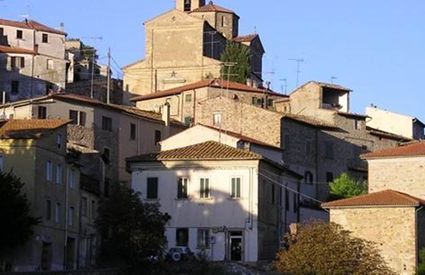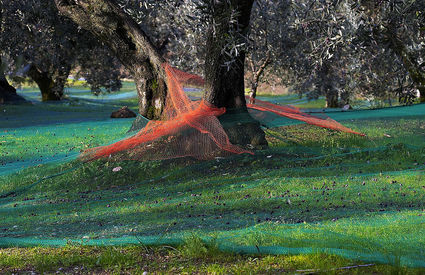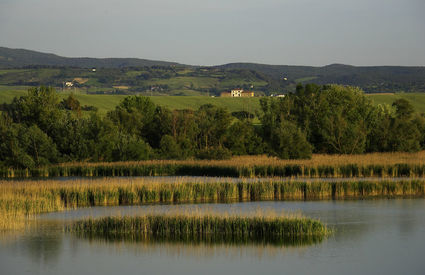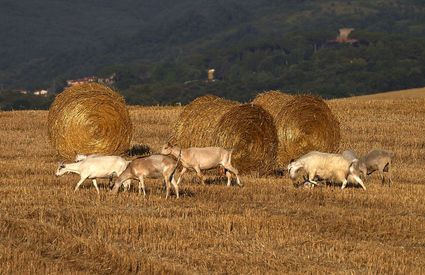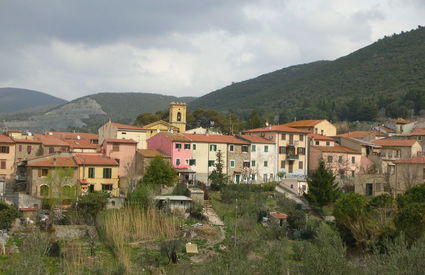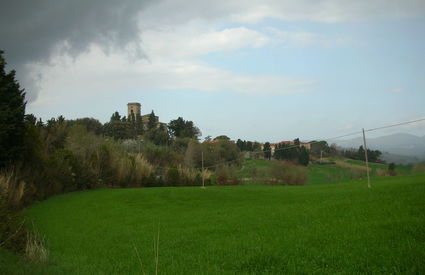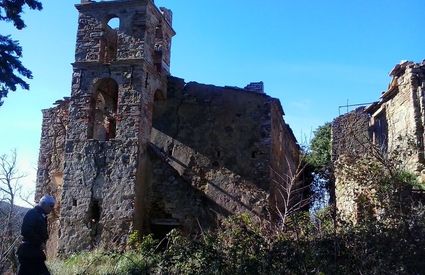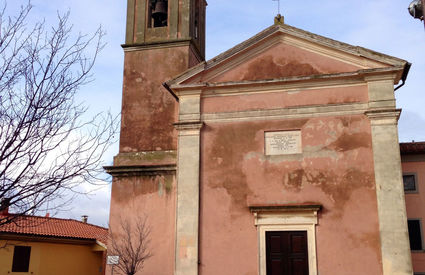Santa Luce
Among alabaster and the Holy Grail
Journey to a land rich in stories, dedicated to hospitality and ready for meditation
Among alabaster and the Holy Grail
Journey to a land rich in stories, dedicated to hospitality and ready for meditation
The font, the castle, the view, and the mountain
Every story deserves to be told: whether it’s about the old church of San Bartolomeo in Pastina or meditation at the Lama Tzong Khapa Insitute in Pomaia, they all tell of an ancient territory formed from work, hospitality, and mystery. There is a story hidden in the history of Santa Luce, that of the Knights Templar and the Holy Grail. It can be traced from the octagonal plan of Santa Luce’s castle to Pieve’s baptismal font (octagonal), all the way to Monte Maggiore, a wooded hill rising up behind the town. It’s said that the Knights hid the precious relic in places with precisely the characteristics found in this area: from the castle, you can see the expansive valley and the city of Pisa. A terracotta container for documents was found in a wall in the only remaining defensive tower, like those used to hold the accounts of the Grail’s movements.
Alabaster quarrymen and the Madonna di Monteforti
And while we’re here, we’ll tell you another little story:
It’s dawn in Pomaia. It’s cold outside and Enzo and Maris have to go to the Quarries. They walk fast and the air is biting, their faces illuminated only by the light of the acetylene. If they look to the north, they’ll see the damn, but it’s cold and there’s no time, they need to keep walking to reach the mine. The blocks of alabaster are awaiting the pickaxe down in the dug tunnels, they’re demanding the material in Volterra. The new vein found at the terzo masso is promising. While they walk, they tell each other stories of the town and like always, the legend of Madonna di Monteforti comes up. The kids who work down in the quarry like to hear it: up on the hillsof Monte Forte are the ruins of what was an Augustinian hermitage at the beginning of the 13th century, later turned into a chapel where the image of the Madonna was venerated. During the construction of the ancient church, the work had to be interrupted due to a lack of water. One morning, though, the workers realized that the tank near the church was miraculously full. This continued to happen, so the workers hid around the construction site to catch a glimpse of who their benefactor was. They were amazed to see a woman dressed in white going down the hill towards a spring that flowed abundantly from a rock and bringing the water back in a wicker basket. Every year on May 13, inhabitants from all the nearby towns – but also many curious visitors and tourists – make a pilgrimage along the stretch from Pieve to the Church, today abandoned and mysteriously wrapped in the forest’s branches.Santa Luce today
The many stories told by our territory are today the focus of our main vocations: agriculture and tourism. Along the road that leads to the town sits the Oasi della Lipu, and agricultural businesses, agritourisms, accommodations and restaurants are scattered throughout the ancient villages. The many nature paths and the Alabaster Eco-museum are ready to welcome you.


